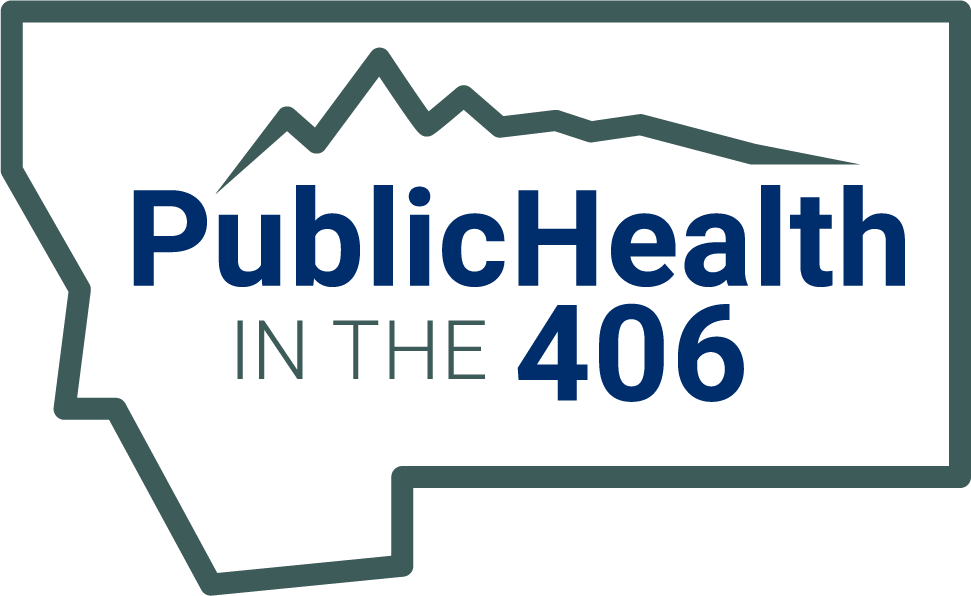Success Stories
The Montana Appletree team piloted its Well Water Testing Program with five early care and education programs (ECEs) as part of our Choose Safe Places (CSPECE) program. Three out of five ECEs have had their water tested. Of the three, two ECEs met the EPA’s drinking water standards while one ECE had an exceedance for uranium. CSPECE staff provided the ECE with elevated uranium level health education on uranium and recommended actions to reduce and prevent further exposure.
The Montana APPLETREE team partnered with the Montana Department of Environmental Quality (DEQ) to raise awareness amongst school officials about the Lead in School Drinking Water Administrative Rule of Montana (ARM), encourage schools to test their drinking water and conduct appropriate remediation as needed.
In September 2021, the DPHHS launched the Montana Childhood Lead Poisoning Prevention Program (Montana CLPPP) to increase blood lead testing for children less than 6 years of age, enhance state-wide blood lead surveillance, and improve linkages to intervention services. With strong support from partners, DPHHS drafted a rule amendment to the reportable conditions ARM. DPHHS filed the amendment in July 2022, and it was adopted into the ARM two months later without opposition on September 24, 2022.
The ARM amendment expands reporting requirements to include all venous blood lead test results, regardless of blood lead level or age, and capillary blood lead test results equal to or greater than 3.5 µg/dL for ages younger than 16 years. Montana CLPPP launched an outreach campaign to communicate these reporting rule changes to healthcare providers, laboratories, and local and tribal health jurisdictions.
The amendment to the blood lead reporting ARM has significantly increased the number of blood lead test results reported to the state. In just four months, from September to December of 2022, laboratories reported 73 cases involving children with a blood lead level at or above 3.5 µg/dL, compared to a yearly average of 17 cases from 2014 to 2019.
The Montana APPLETREE team has re-established the soilSHOP program and hosted three soilSHOP events in Helena, Mont. in 2022. The new soilSHOP program has been improved through the development of new educational and outreach materials, the purchase of additional XRF analyzers, and expanded venues and partnerships.
The Montana APPLETREE team is developing a water testing program for ECE providers on private wells as part of our Choose Safe Places program. The initiative is funded by the APPLETREE grant and will provide free testing to current and future providers throughout Montana.
The Montana Department of Environmental Quality (DEQ) is proactively monitoring and assessing the prevalence of PFAS in Montana’s water bodies, per the agency’s PFAS Action Plan, implemented in June 2020. Surface water samples collected from Whitmore Ravine in Great Falls, Mont. showed PFAS concentrations exceeding Montana’s groundwater standard for PFOA and PFOS. The DPHHS environmental health team collaborated with DEQ to create warning signs and site-specific fact sheets and write letters to potentially affected landowners.
Libby, Mont. is the location of a former vermiculite mine and Asbestos Superfund NPL site. One operable unit of the site remains to be remediated and includes the former mine and surrounding forested areas, which are contaminated with asbestos. With the increasing occurrence of dry summers and forecasted drought conditions, the community and the Lincoln County health department have become increasingly concerned about the fate of asbestos contamination in the event of a wildfire, particularly one that could be erratic and difficult to control, such as we have seen nationally in recent years. In collaboration with the Montana Department of Environmental Quality (Montana DEQ), the Montana Department of Public Health and Human Services (Montana DPHHS) wrote public health messaging for dissemination to Libby and surrounding communities on the potential health effects of a wildfire occurring in OU3.
TEPH received seven site assessment requests following the intensive promotion of Montana's CSPECE program and the development of a Qualtrics online survey for ECE owners/operators. The survey serves as a conduit for ECE owners to request TEPH conduct a site assessment for their facility.
The Butte community had health concerns regarding air quality related to the Butte Superfund Site. In response, ATSDR and TEPH conducted ambient air monitoring in the Greeley neighborhood, and the associated report was cleared by ATSDR near the end of 2020. The opportunity to present the monitoring results and our interpretation occurred during the Butte-Silver Bow Health Study Advisory Committee meeting in May 2021.
TEPH found that a Montessori school in Helena was at risk from potential hazardous exposures due to the possibility of a beauty school renting part of the building they are in. The concerns were shared with the building owners and the beauty school was not opened in that building.
Since 2018, three papers have been published by academic researchers that reported negative health outcomes among residents in two mining communities (Butte and Anaconda, Mont.) due to historic and current heavy metal exposure. Local, state, and federal scientists identified several severe limitations with each paper and did not agree with the papers' conclusions. The publication of these papers earned significant media attention and severely threatened fact-based risk communication in the two communities by public officials. To overcome these risk communication challenges, correspondence was published in two journals documenting the papers’ limitations. Most importantly, a Health Study Advisory Committee was established by the local government to advise the Board of Health and the APPLETREE Principle Investigator serves on the Advisory Committee.


